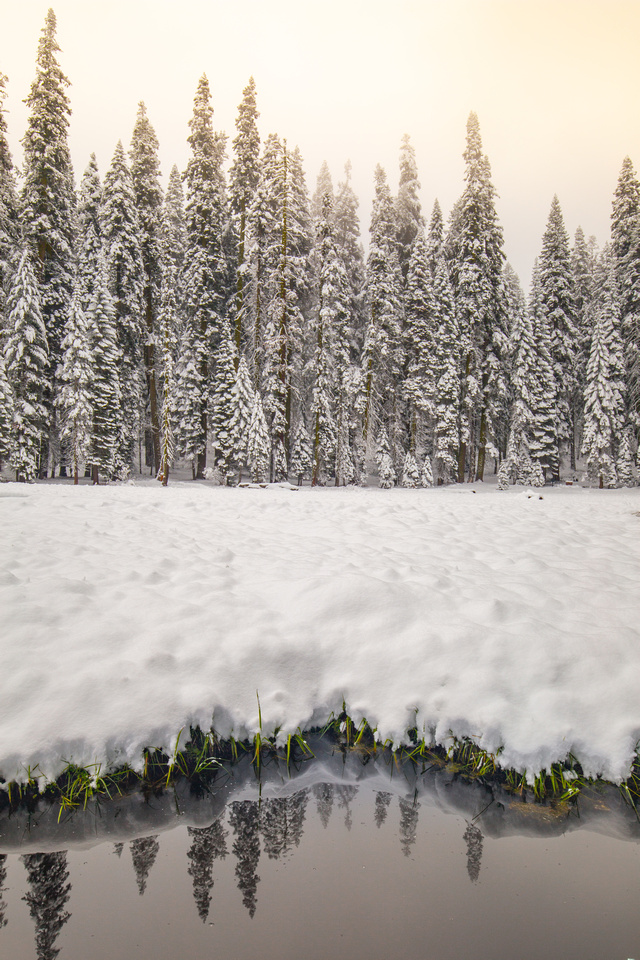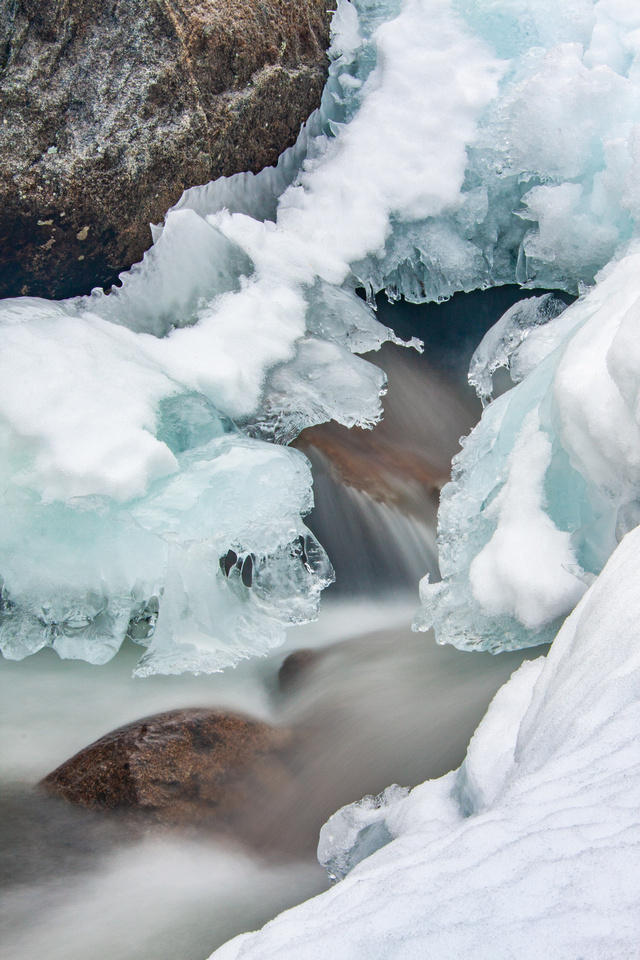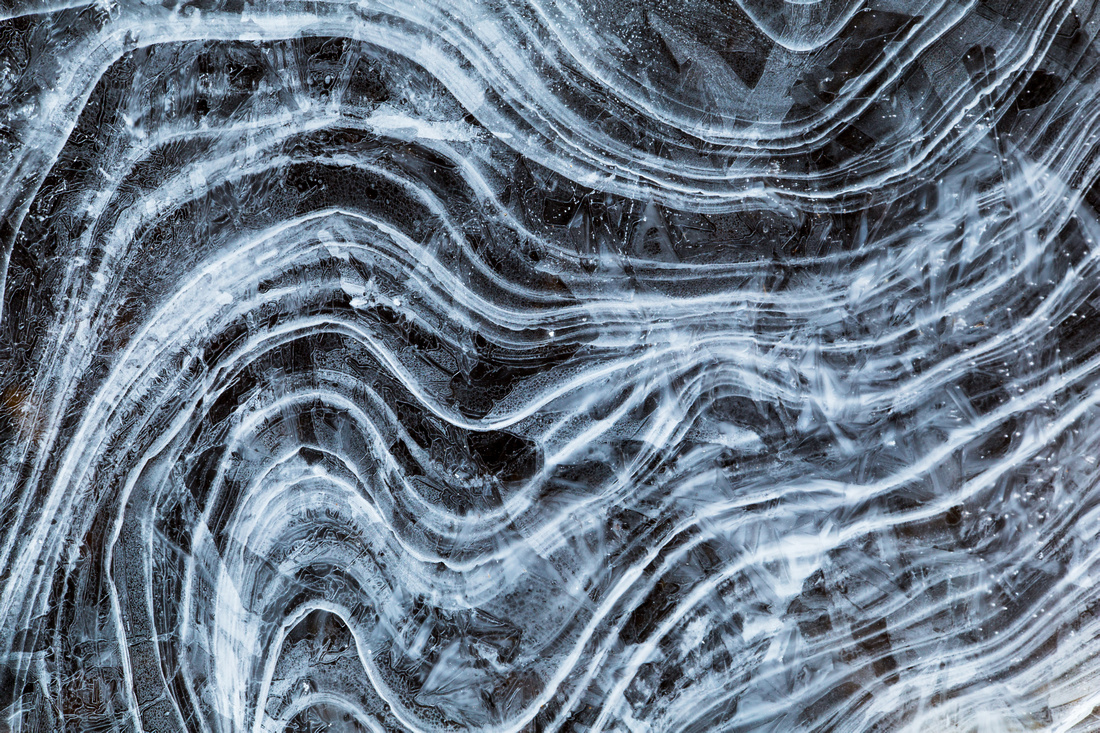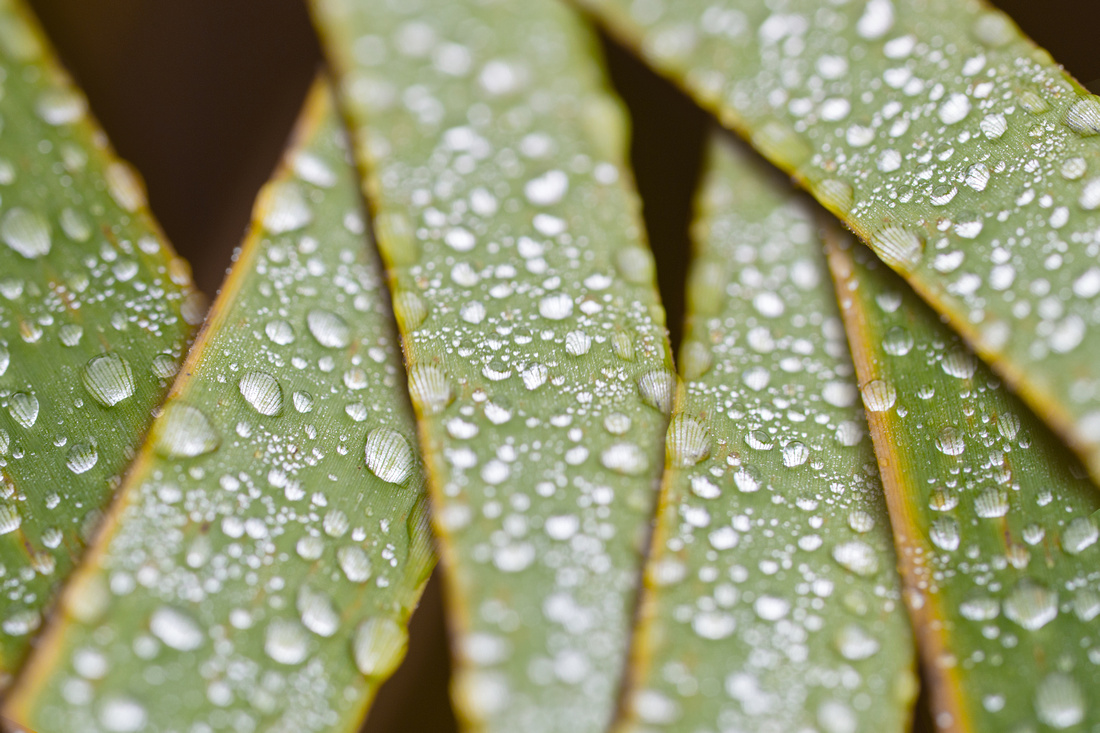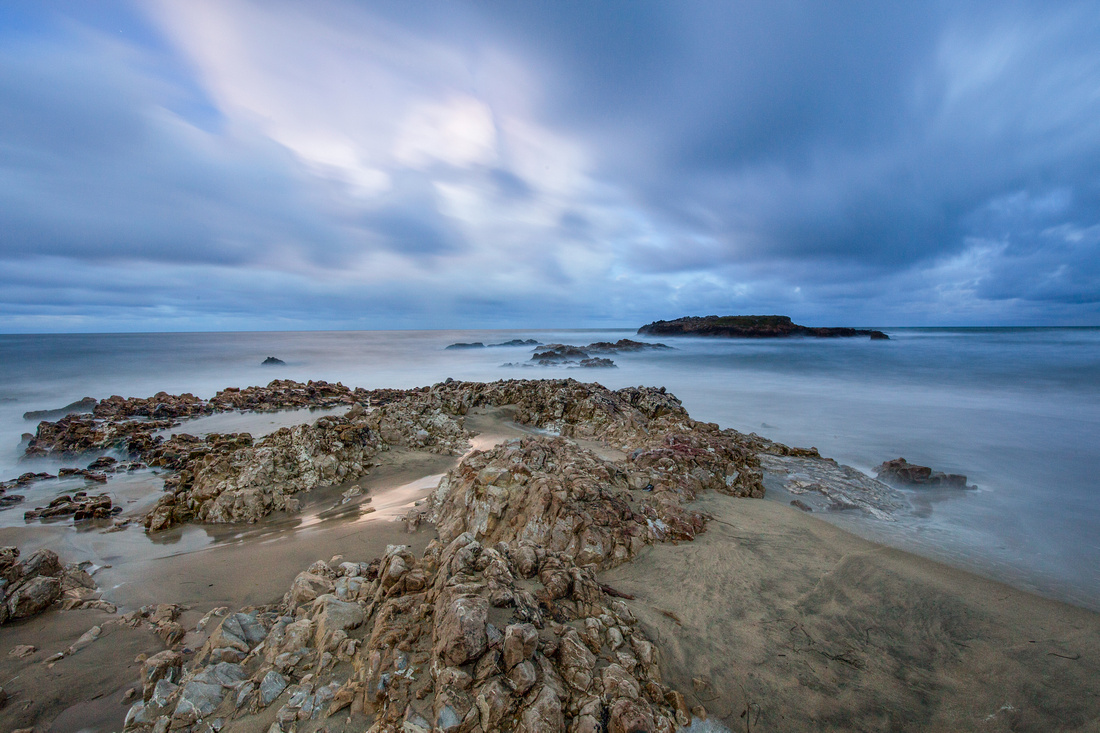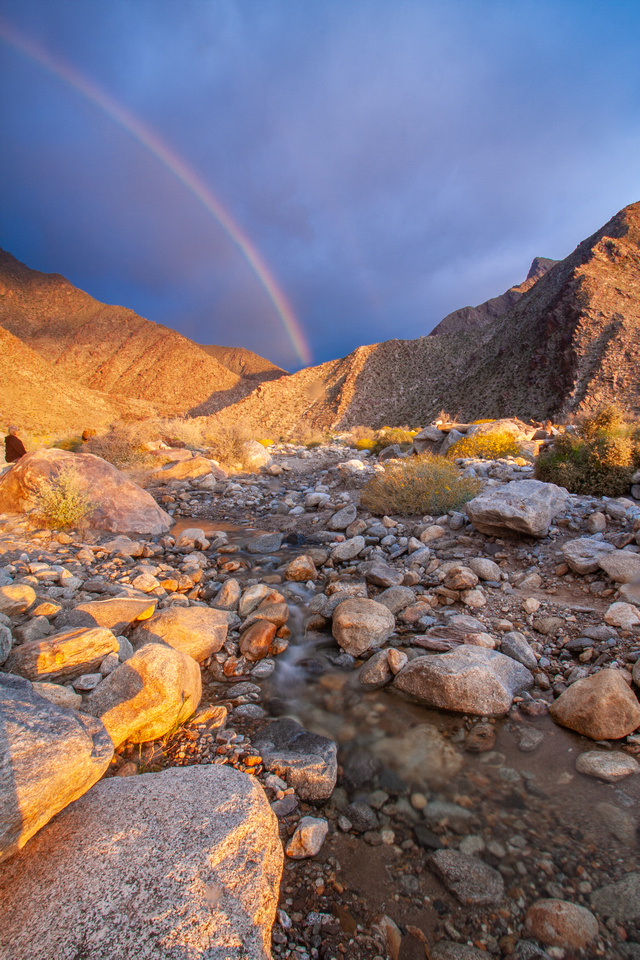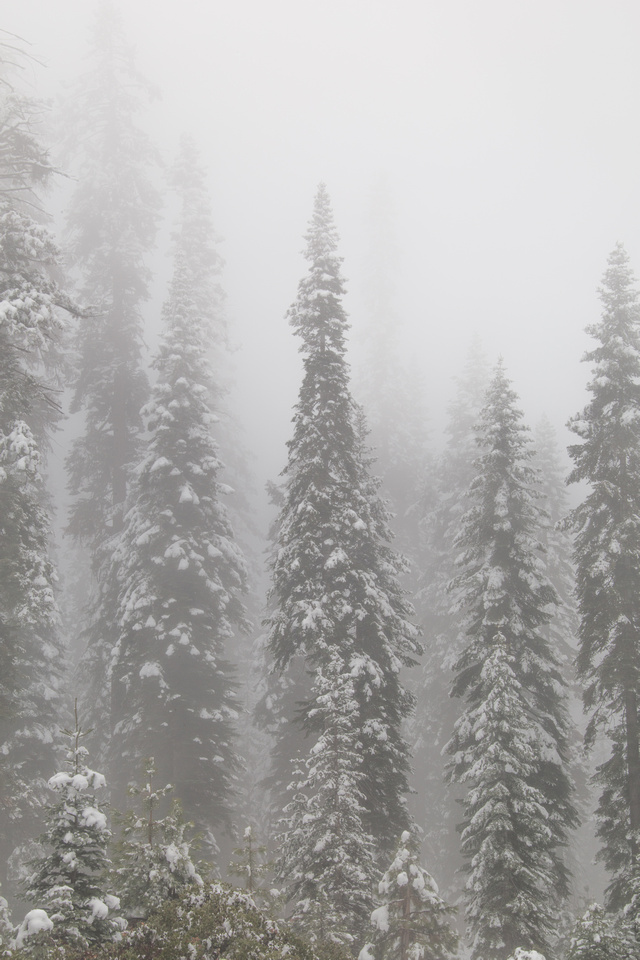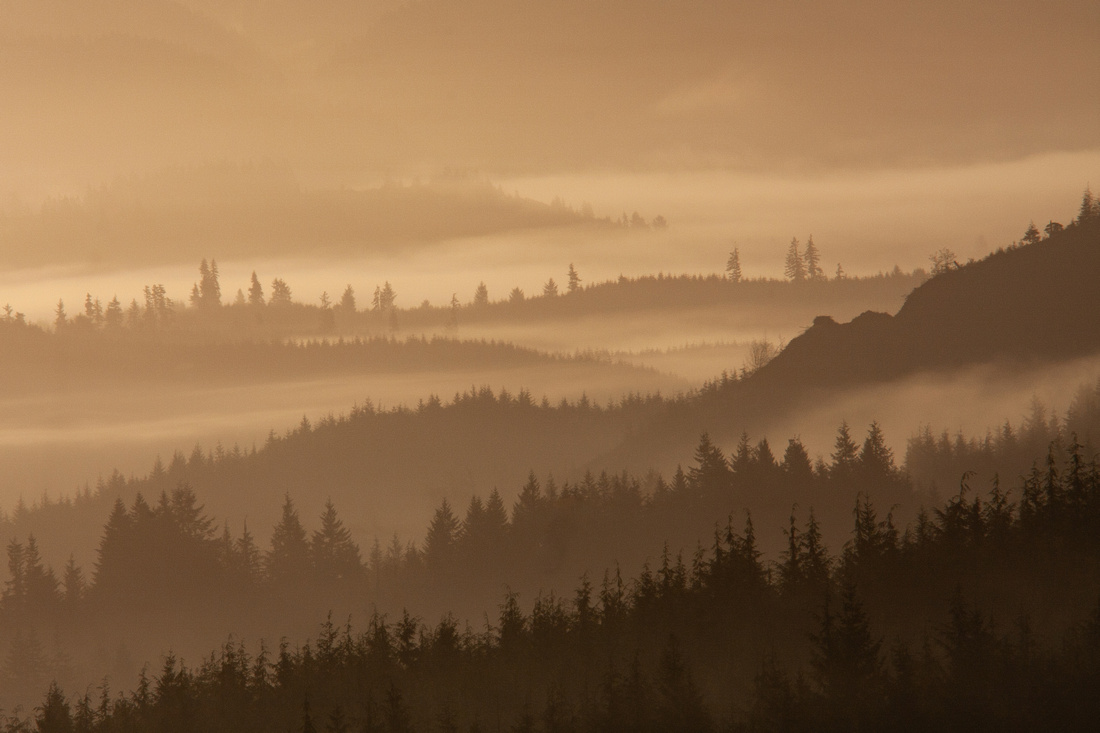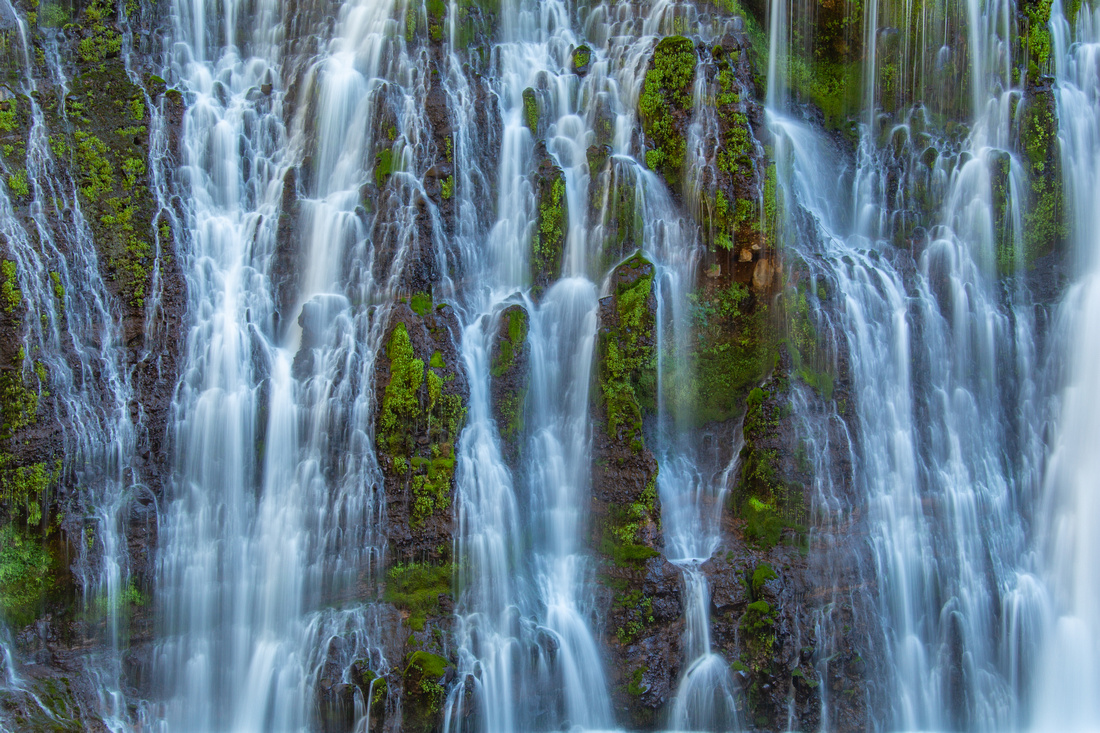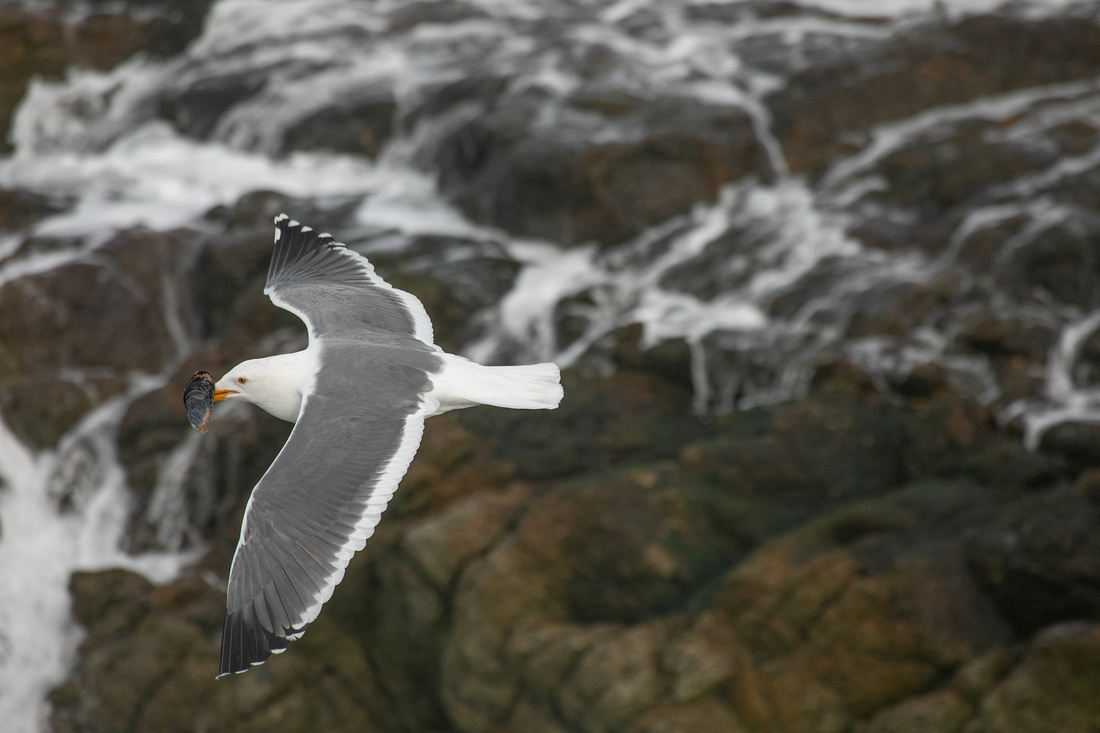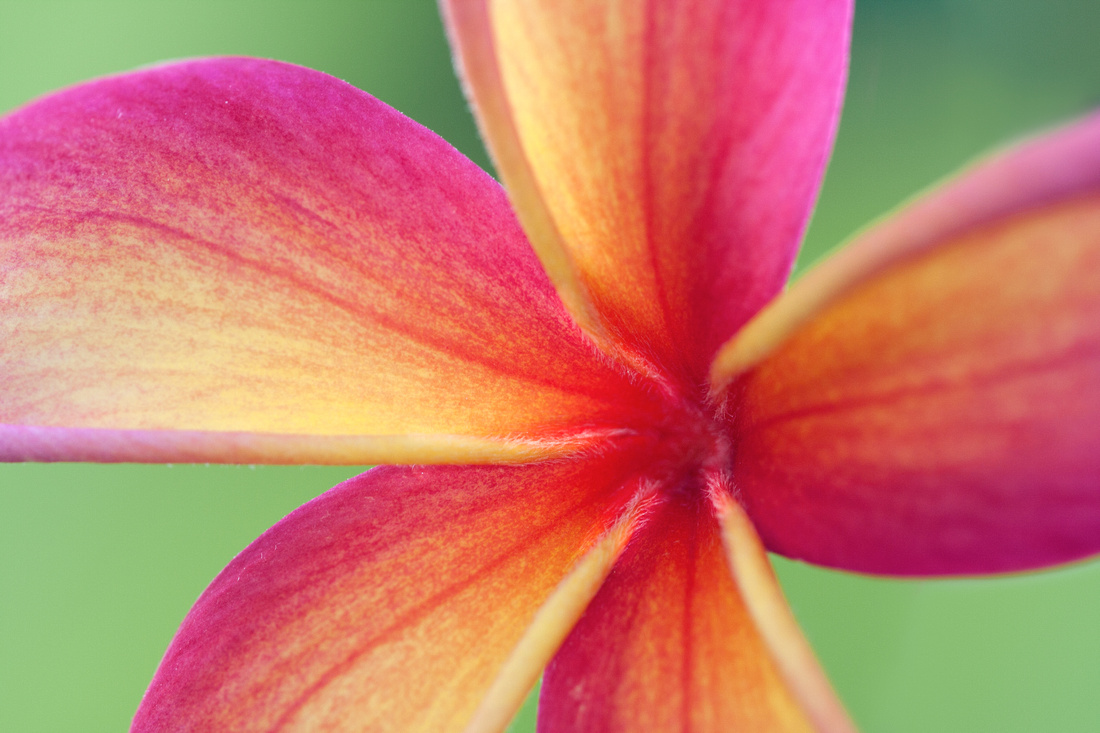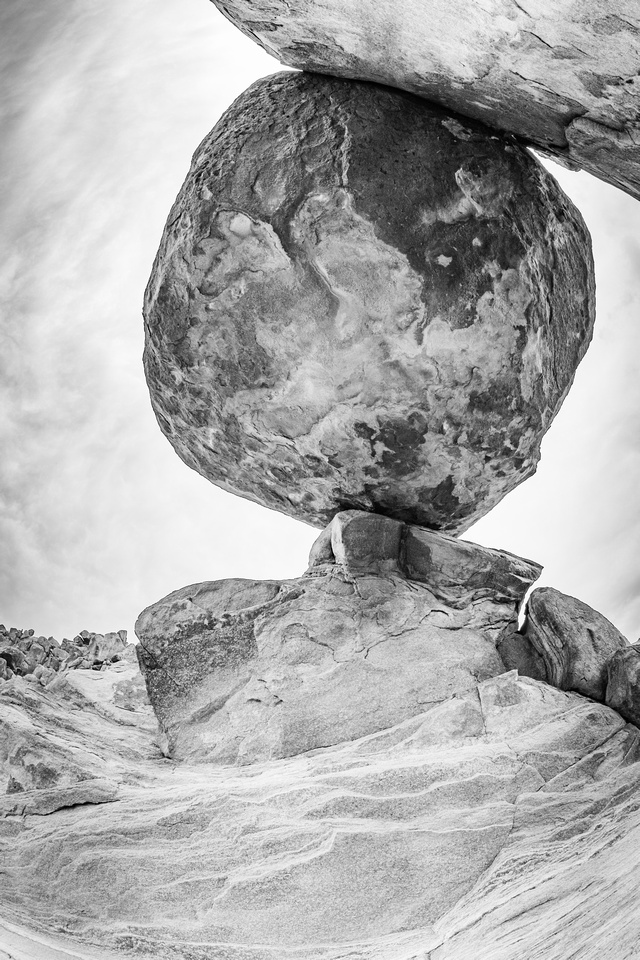Shooting in bad weather, part 2
Weather conditions that are ideal for one subject might not be for another. For example, bright sunny days might be good if you want to create high contrast images while overcast days might provide good even light for portraits - and "bad" weather conditions can provide some of the best opportunities to get unique and dramatic images.
Welcome to part 2 of a 3 part series on bad weather: What to shoot in challenging weather conditions
I'm going to cover four different types of weather conditions and good subjects for each.
#1 Snow
1.1 LandscapesCrescent Meadow in Sequoia National Park. This meadow is pretty in summer, but under a fresh blanket of snow, it is stunning. I travelled here in late May when a late storm came through and created a pleasant surprise of winterlike conditions. Pro Tip:
|
1.2 Intimate landscapesThis is a detail shot of Eagle Falls in Tahoe National Forest during winter. It was an overcast day and I couldn't find a compelling composition with the larger scene, but there were several good detail shots where the snow and falls comingled. Pro tip:
|
1.3 Ice patternsWhere you have snow, you will often find ice. These ice patterns in Yosemite National Park kept me busy for at least an hour and momentarily made me forget how chilly it was. Pro tip:
|
#2 Rain
2.1 Macro raindropsIf you are lucky enough to be outside on a rainy day, there are endless opportunities for macro raindrops. These were captured in a meadow in Yosemite during a very rainy morning. Pro tip:
|
2.2 Raindrops on flowers, leaves, spider webs, etc.Spider webs are one of those everyday items that most wouldn't give a second look, but you add some raindrops and they can become art. Pro tip:
|
2.3 SkyI spent this morning in Half Moon Bay alternating between ducking under my raincoat and taking pictures. The clouds were moving so fast that I was able to capture a long exposure to reflect their movement. Pro tips:
|
2.4 RainbowsThis was one of those magical moments that rarely occurs. I was hiking into Palm Canyon in Anza Borrego State Park one rainy morning. I am always hopeful that the sun will break through, and on this morning it did, giving me both nice light on the scene and a rainbow. It's events like this that motivate me to venture out into the rain. Pro tips:
|
#3 Fog
3.1 TreesTrees always look better on a foggy day. On this day, I also got the bonus of some snow! Pro tip:
|
3.2 ForestsThis is Tillamook National Forest on a morning where the sun was able to penetrate the fog just enough to create a warm hue. Pro tip:
|
3.3 WildlifeI spend a lot of time in a local park and nature preserve, and have gotten to know the local residents, like this young Black Tail Deer. Pro tip:
|
#4 Overcast
4.1 WaterfallsDetail photo of McArthur Burney Falls. Pro Tip:
|
4.2 WildlifeGull in flight with a mussel, on a gray day at Tomales Point in Point Reyes. Pro Tip:
|
4.3 MacroThe bright petals of this Plumeria are a perfect contrast to the green foliage in the background. Plumeria's are one flower that always looks better in overcast light. Pro Tip:
|
4.4 Black & WhiteBalanced Rock, Big Bend National Park. When I hiked to this location on a spring morning, I was so hopeful for a stunning sunrise after a night of thunderstorms. I was denied - and a little distraught - when the skies remained a mostly flat gray. I actually kind of wrote these off as a wasted photo shoot, but then remembered to see how they would look in black and white. Now, this is one of my favorite pictures from the trip. Pro Tip:
|
So here you have many options for photographs when the weather just doesn't want to cooperate. Stay tuned for the third and final part of this series, where I talk about how to how to handle shooting in challenging conditions.

